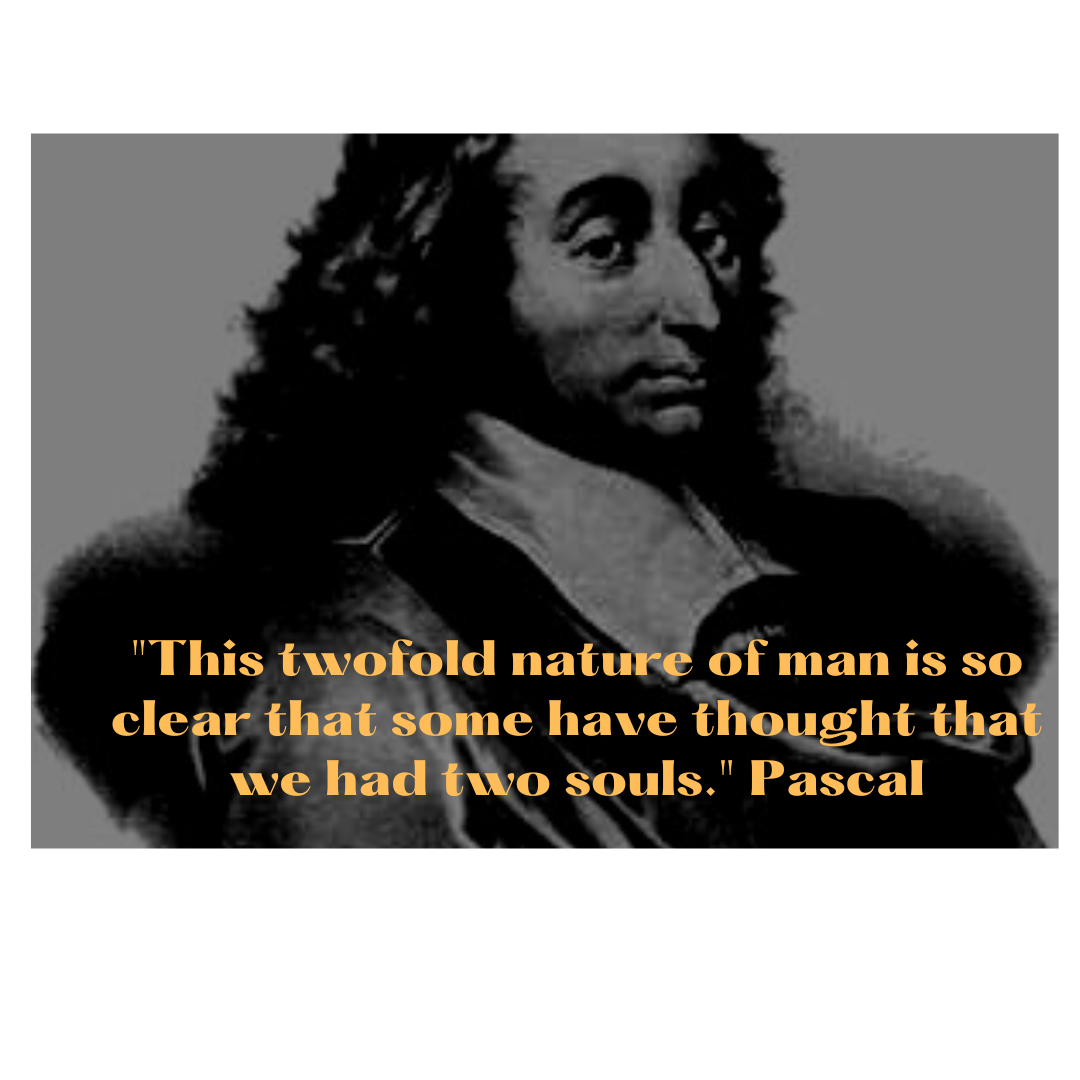Blaise Pascal: The Mathematical and the Intuitive Mind
Nayeli Riano at the Imaginative Conservative

Matters of faith, philosophy, and theology were the center of intellectual debate at the beginning of the modern era. A previous age of traditions and institutions was being swallowed up by a wave of epistemological inquiry fueled by scientific discoveries and a rise in natural theology. These new pursuits put to question the relationship between faith and reason that Church Doctors like Saint Thomas Aquinas and Saint Augustine had addressed ages ago. The Enlightenment and its token philosophers—Voltaire, Rousseau, and Diderot particularly come to mind—are often used as the exemplars of true reason: Their attempt to re-explain the world in knowable terms, through common phenomena to which all men could relate, directly and indirectly targeted religion as the enemy to this new-found reason. The obvious flaw in this narrative of the Enlightenment is that it falsely accused religion of lacking reason, and, more importantly, lacking the type of reason that was perceivable by the common man. One need not be a Christian theologian to feel his faith and know its truth—this is a fact that Blaise Pascal knew all too well. Pascal was unique among seventeenth-century thinkers: Not only was he adept in math and science and contributed greatly to the development of the philosophy of his age; he was also so outspokenly religious and self-aware of his faith as a proponent of mysticism, a believer of miracles, and a follower of Biblical hermeneutics.
Pascal took it upon himself to write about the relationship between faith and reason during the last years of his life in his Pensées, published in 1670. The first and one of the most famous editions of the work, the “Port-Royal” (1670), re-arranged the fragments thematically. As Pascal scholarship developed, the idea of imposing a thematic order on the Pensées became outdated because Pascal himself often wrote about one topic through several themes, which would have probably also been the case for this work. The Brunschvicg edition (1897) did away with thematic order and attempted to reconstruct the author’s original intention by closely following the cues of the fragments themselves. There is also another version by the French philosopher Victor Cousin (1842) that simply presented the fragments as they had been discovered after Pascal’s death. There is no need to go more in depth regarding the publication history of this unfinished work, but suffice it to say that there have been various debates regarding the intended order for what was meant to be Pascal’s apology for Christianity. The important thing to consider about the way in which Pascal executed his plan for his work is what it can tell us about his approach to his faith.
In an introduction to a 1958 edition of the Pensées, T.S. Eliot described Pascal as “a man of the world among ascetics and an ascetic among men of the world; he had the knowledge of worldliness and the passion of asceticism, and in him the two are fused into an individual whole.” This apt description of Pascal turns him into a figure to whom we should look for guidance in our present age since the world in which we find ourselves is still interrogating the relationship between faith and reason. The cultural hostility we face as Christians pushes us to defend our faith through theological principles. Sometimes, we might even dabble our arguments in that same puddle of scientific reasoning that doubts us in the first place at an attempt to beat positivists at their own game, so to speak. We are, after all, children of the scientific revolution and the Enlightenment, so our reasoning reverts to this type of knowledge that is affirmed only by proving. Here, Pascal might enter our lives to remind us that there is, in fact, room for both faith and reason; more importantly, he’d also suggest that faith operates under an entirely different domain that requires no proof in the conventional sense of the word.
